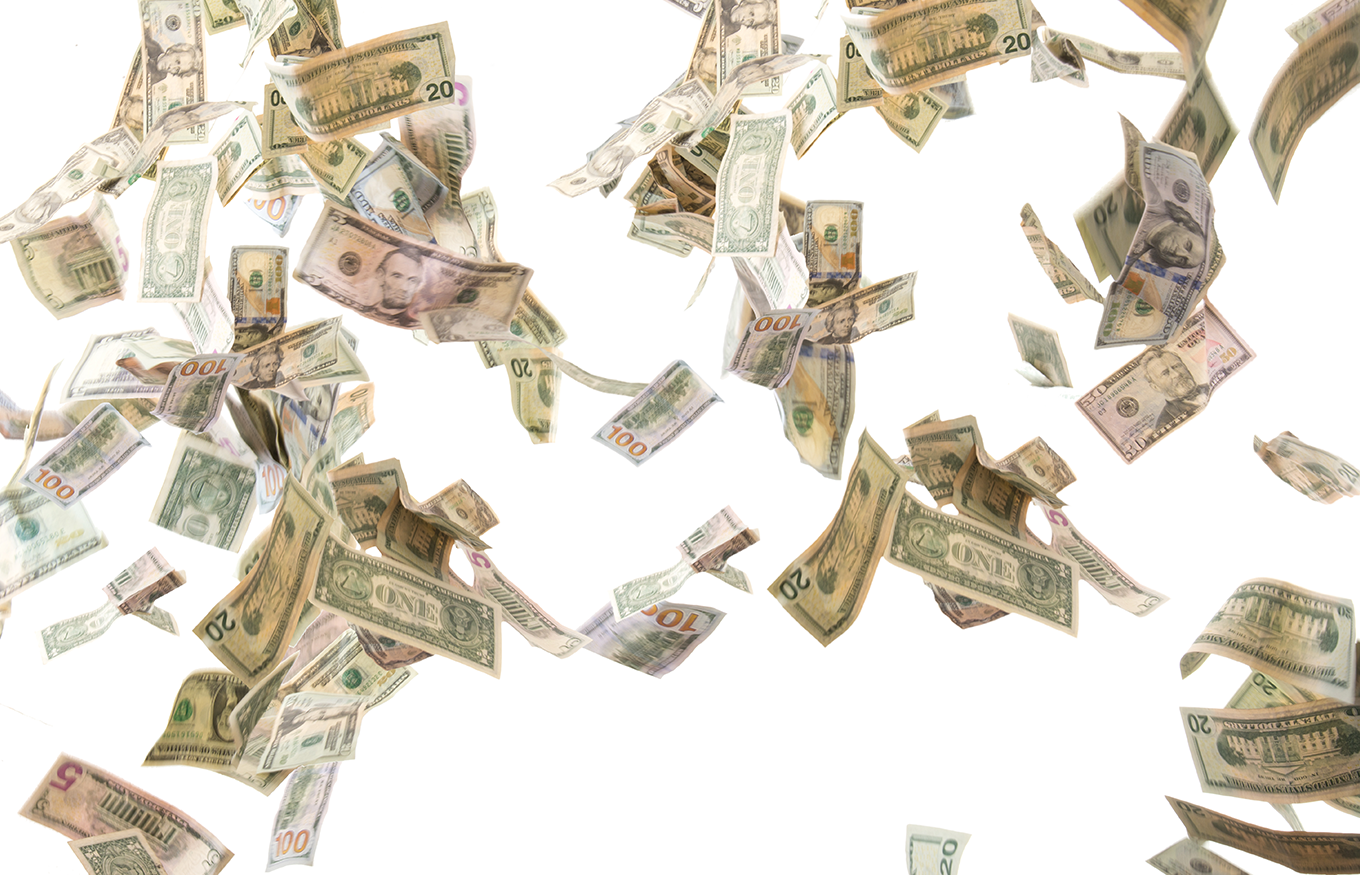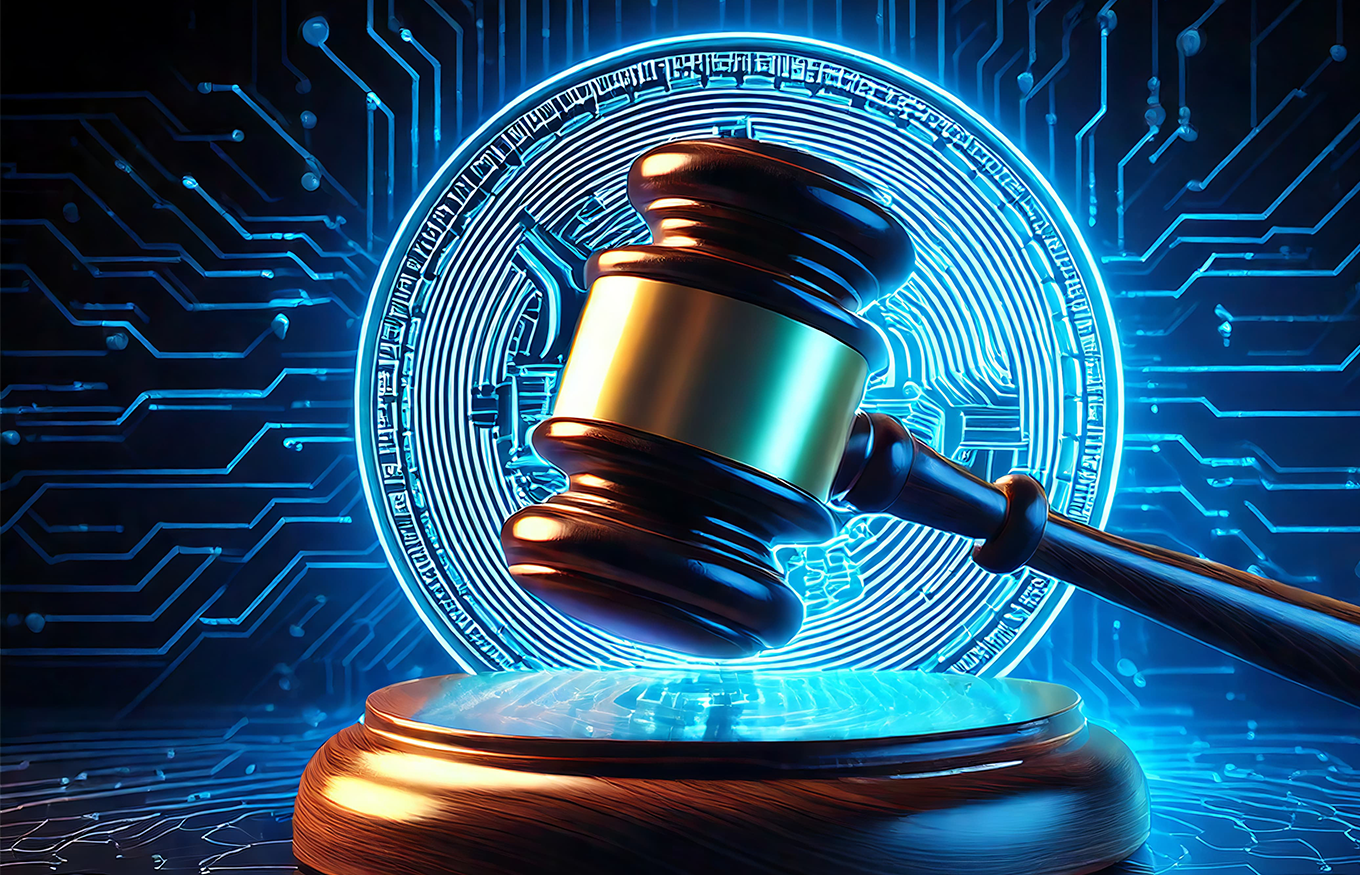Just months after the 2020 elections, members of Congress have already started to raise large sums for their 2022 reelection efforts.
All House and Senate candidates filed new campaign finance reports last week that detailed their fundraising and expenditures between January 1 and March 31, 2021.
Here are some key numbers to know, based on an Issue One review of these new filings.
$996,000
The median amount of money raised during the first quarter of 2021 by a sitting senator running for reelection in 2022 was $996,000 — the equivalent of about $11,100 per day. That’s more than six times as much money as their colleagues who are not facing reelection this election cycle, who typically raised $159,000 — about $1,800 per day. And it’s about $60,000 more than the typical senator running for reelection in 2020 raised during the same three-month period two years ago.
$82 million
Combined, all incumbent senators raised $82 million from individuals, political action committees, and other sources between January and March. That’s nearly twice as much money as all incumbent senators raised during the same time period two years ago.
$147,000
The median amount of money raised between January and March by a member of the House of Representatives running for reelection in 2022 was $147,000 — or about $1,600 per day. Meanwhile, the median amount raised by freshman House members was $241,000 — or about $2,700 per day. The typical House incumbent running for reelection in a race they won by less than 5 percentage points in 2020 raised roughly $518,000 during the first quarter — about $5,800 per day, or 3.5 times as much money as the typical House member.
$128 million
Combined, all House members raised $128 million from individuals, political action committees, and other sources between January and March. That’s about $24 million more than all House members raised during the same time period two years ago.
92%
92% of members of Congress — including 90% of House members and all but four senators — have leadership PACs, political action committees that operate in addition to lawmakers’ official campaign committees. These PACs are often criticized by liberals and conservatives alike as slush funds. Created in the late 1970s as a way for members of Congress to raise extra money to give away to fellow politicians, leadership PACs open the door to corruption in two ways: Their funding often comes from special interest groups with business before Congress, and some politicians use them to fund lavish lifestyles, often under the guise of fundraising.
$200 million
Lawmakers combined to raise more than $200 million through their leadership PACs during the 2020 election cycle, with the typical member of Congress with a leadership PAC raising about $130,000 for their PAC between January 2019 and December 2020.






